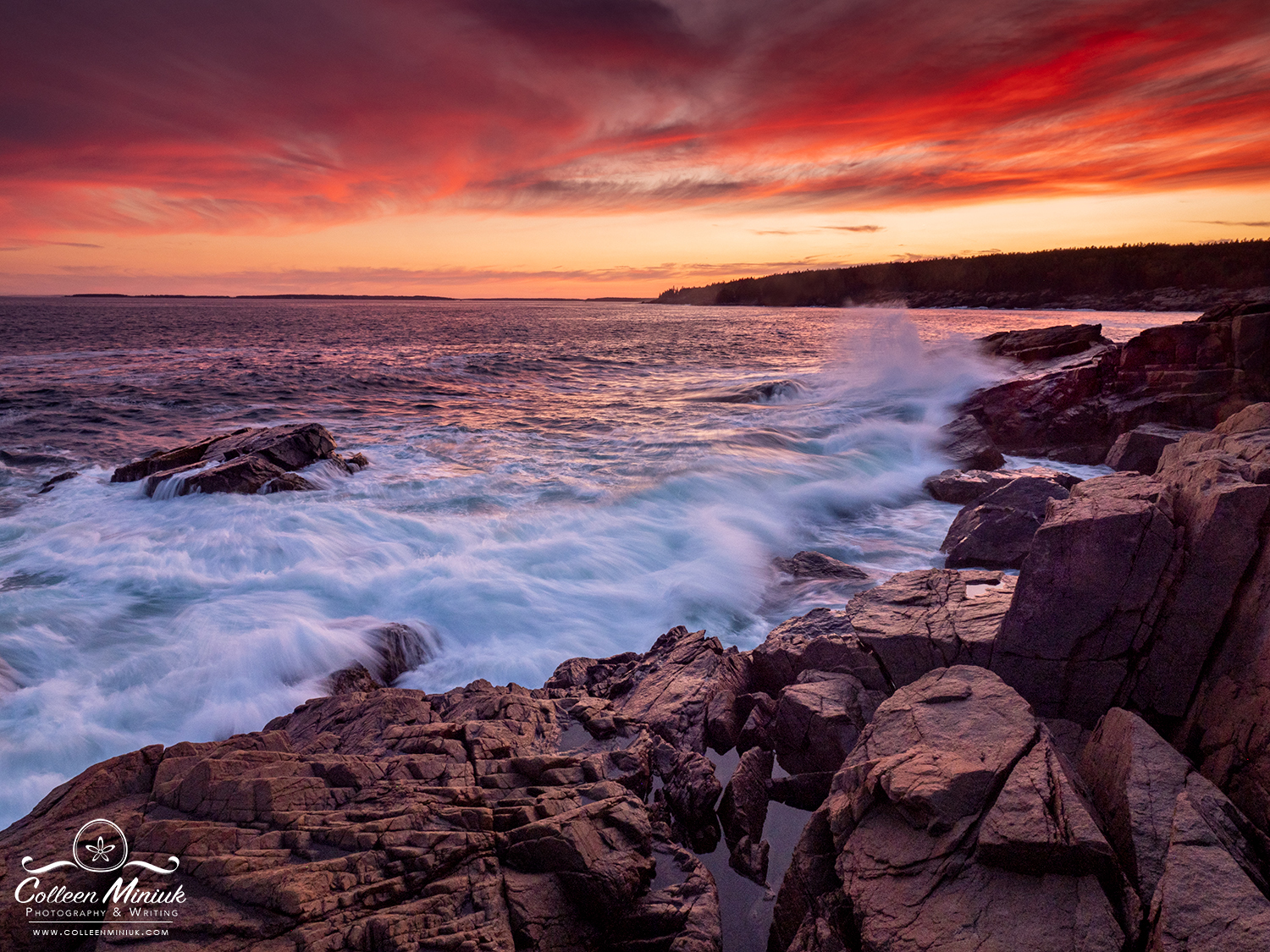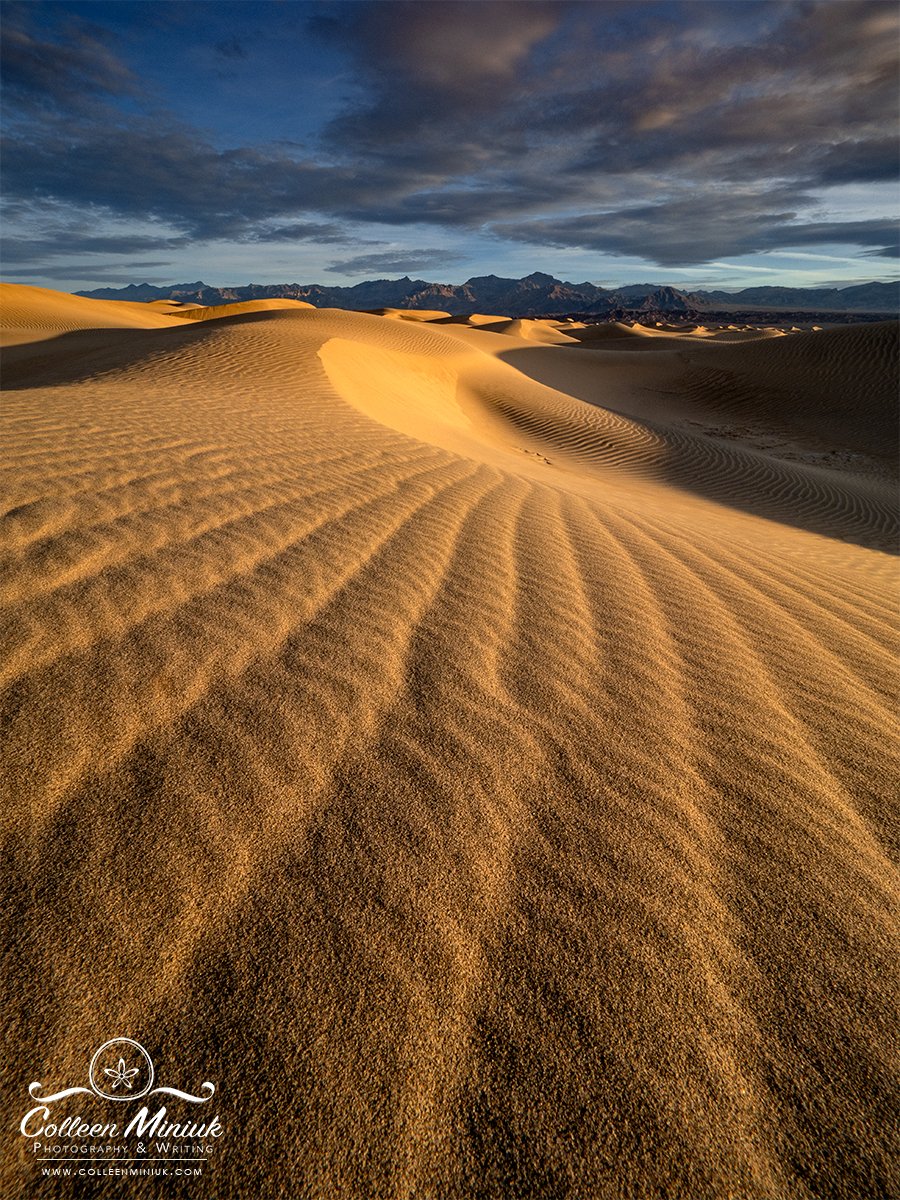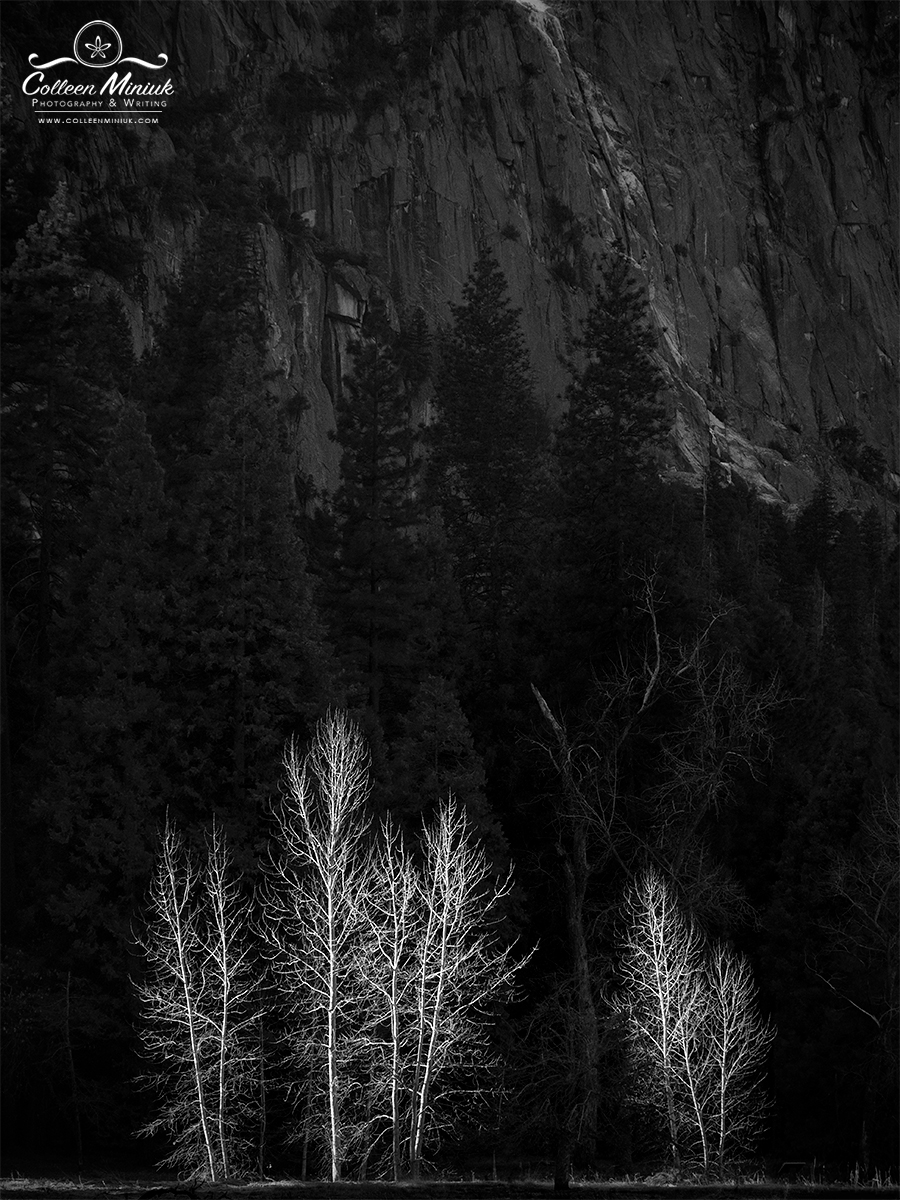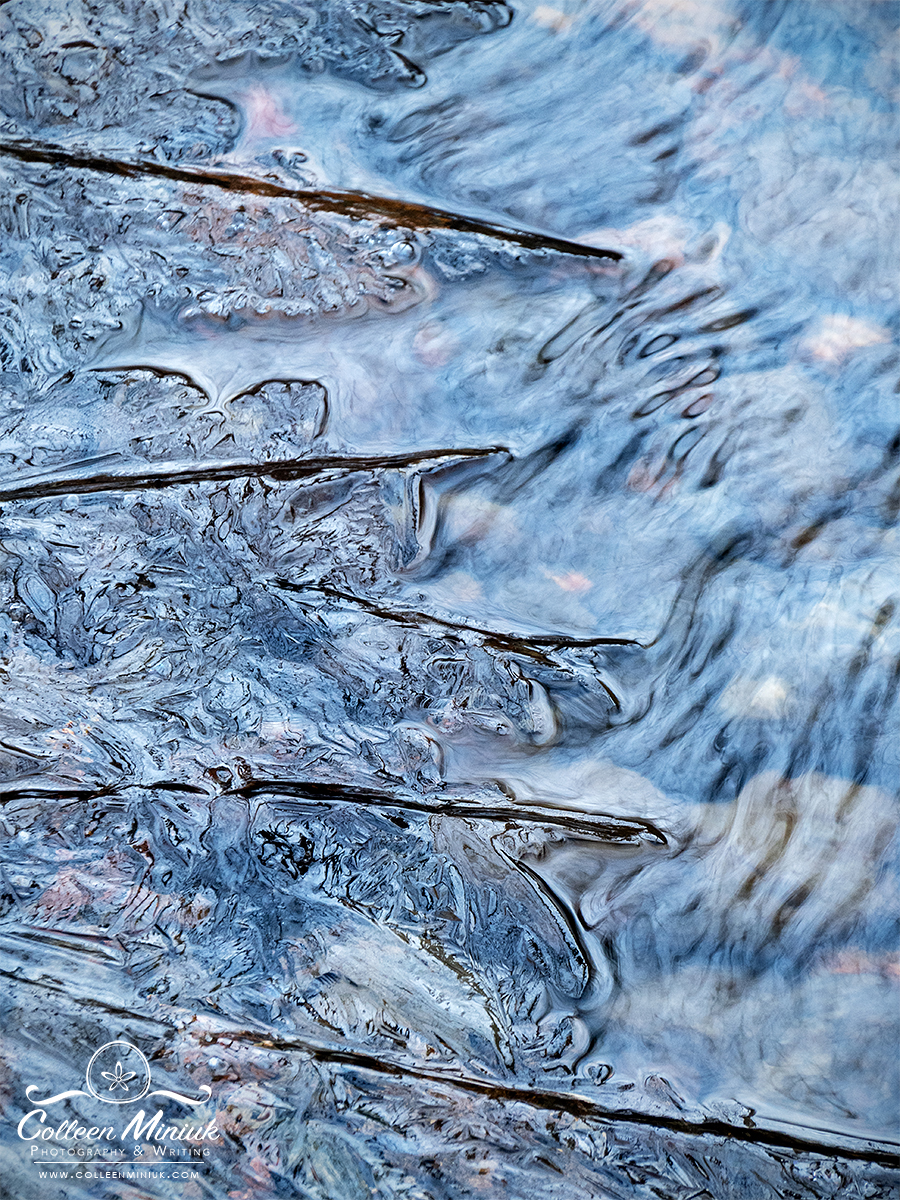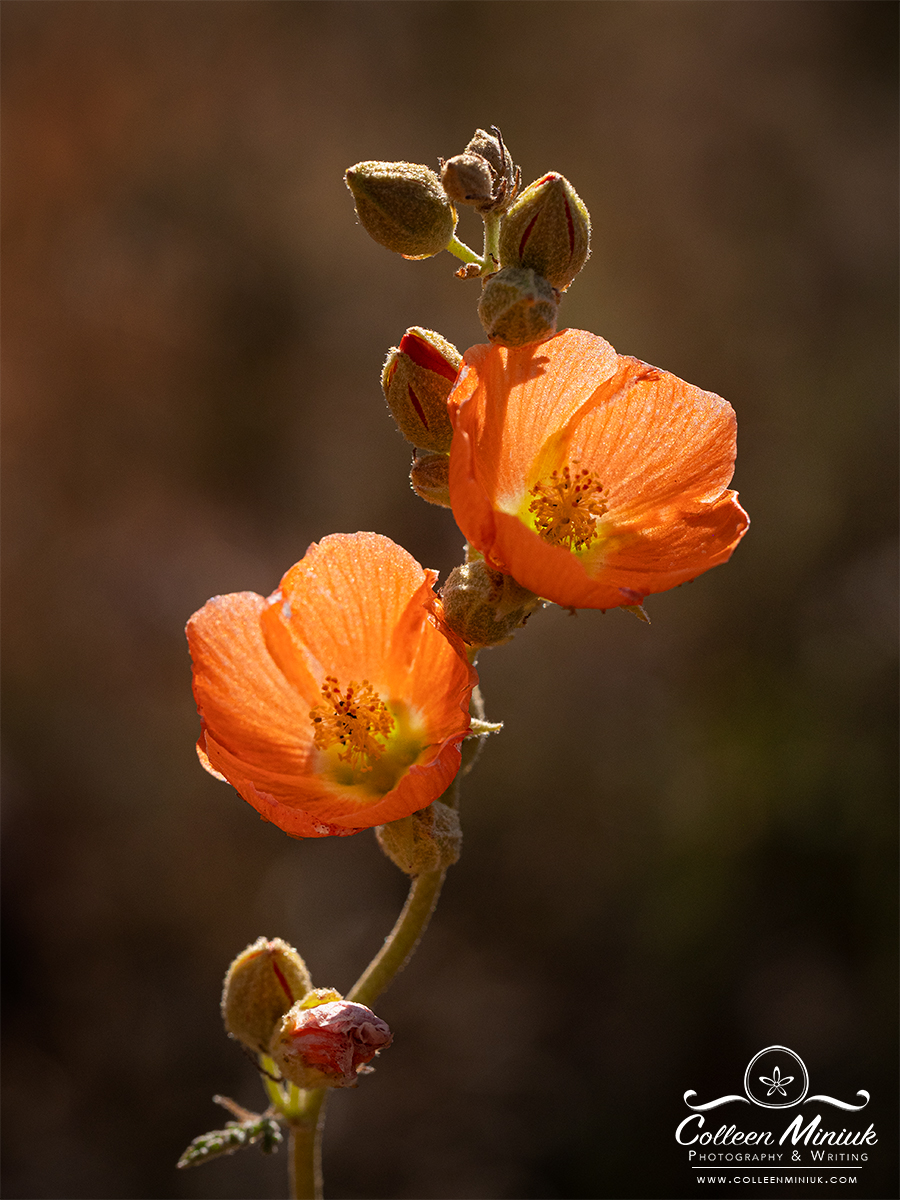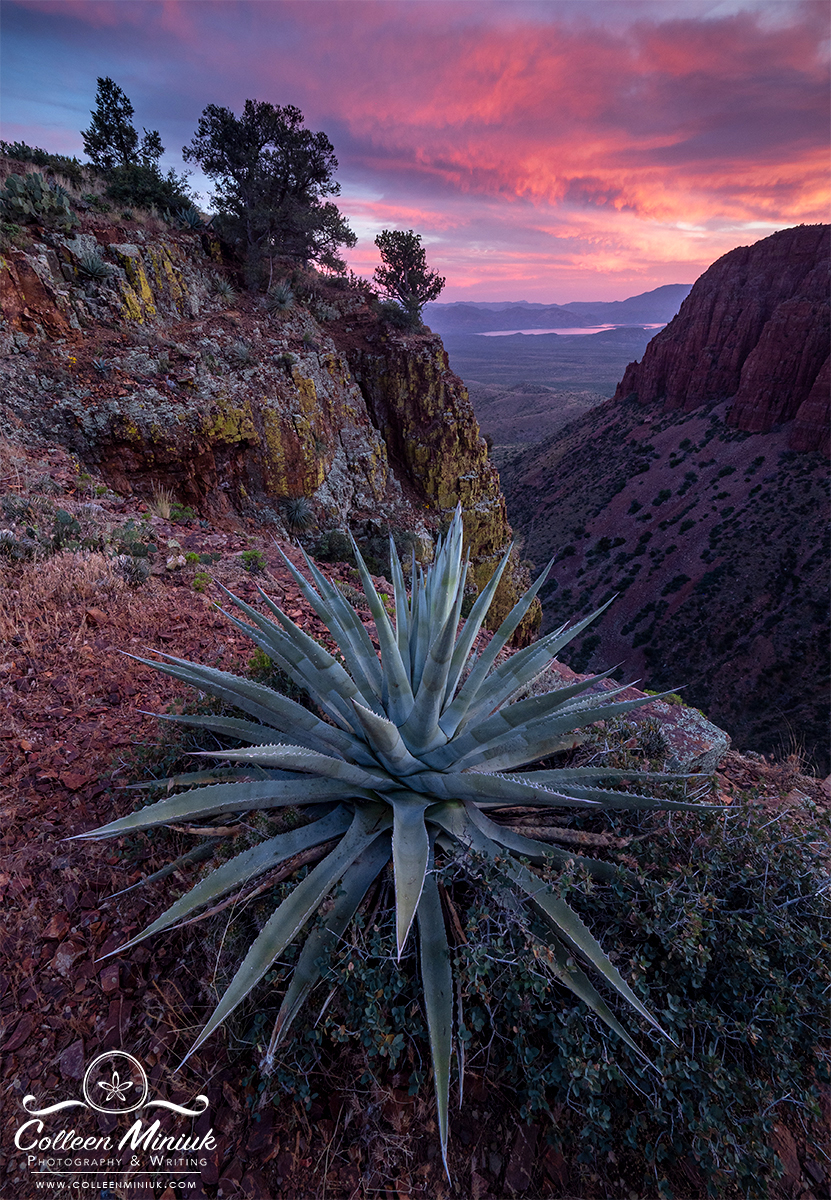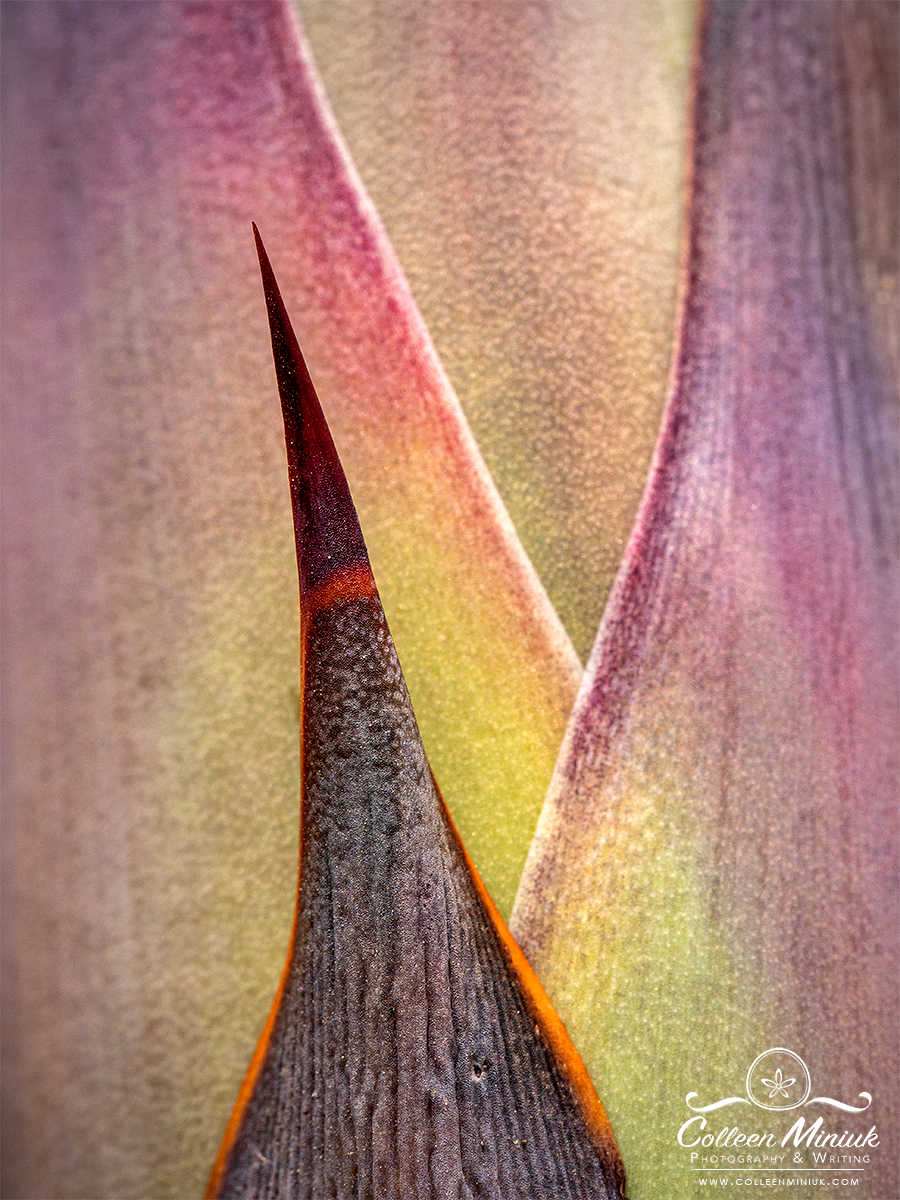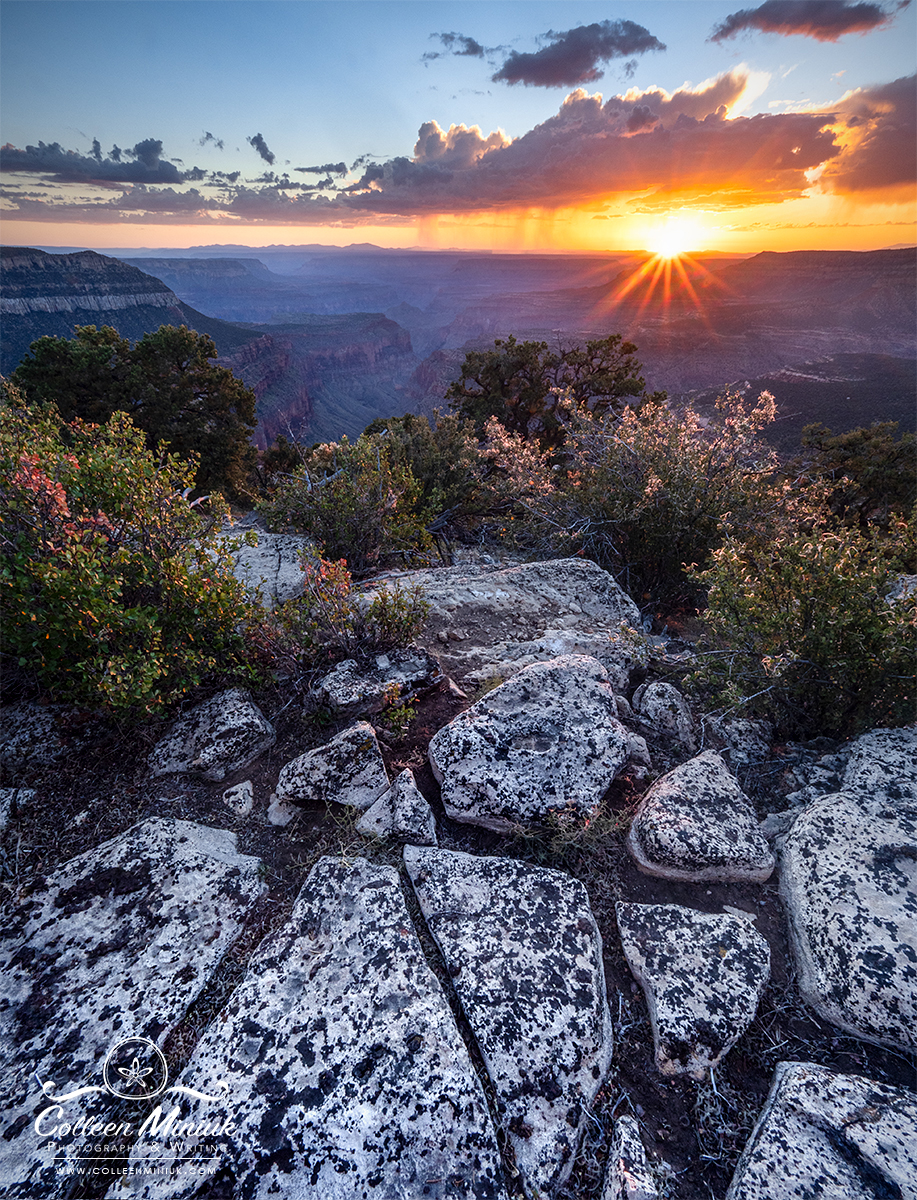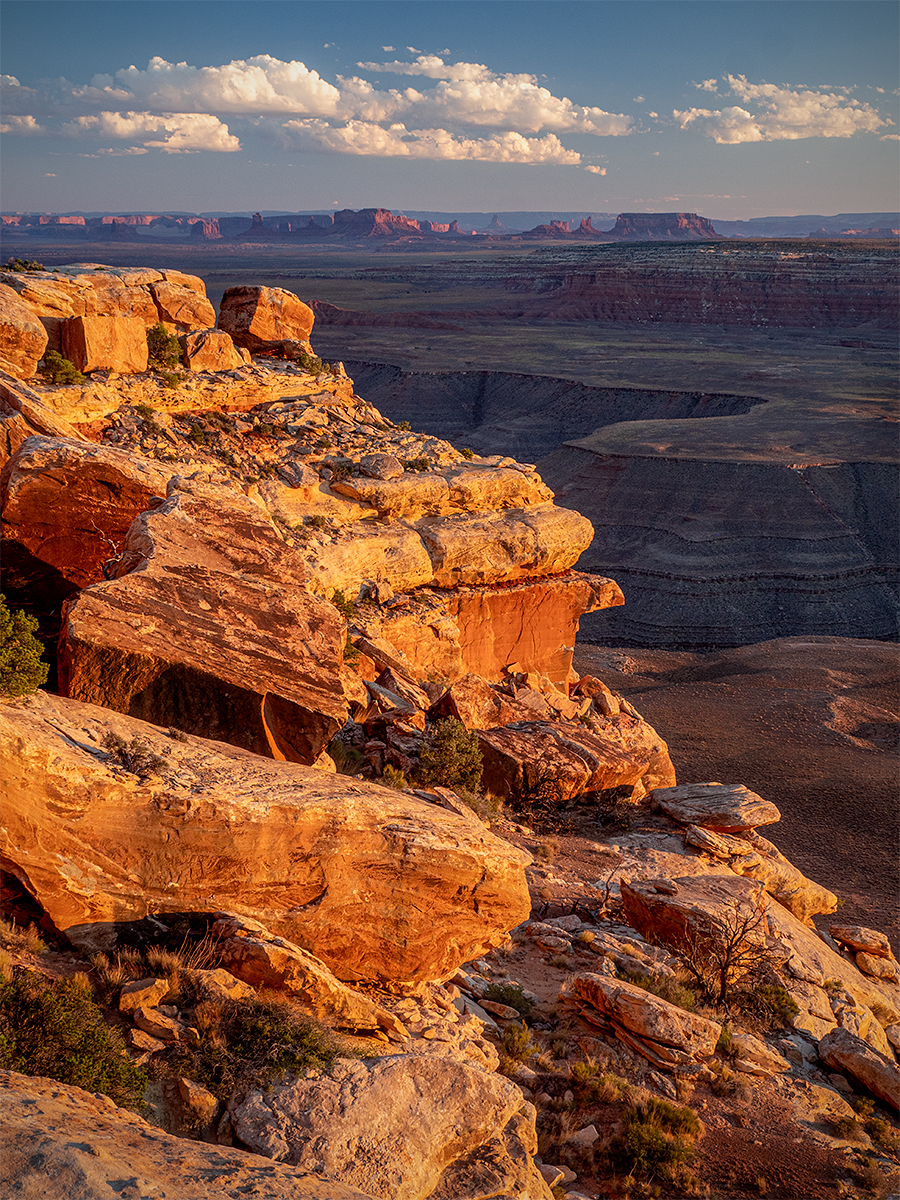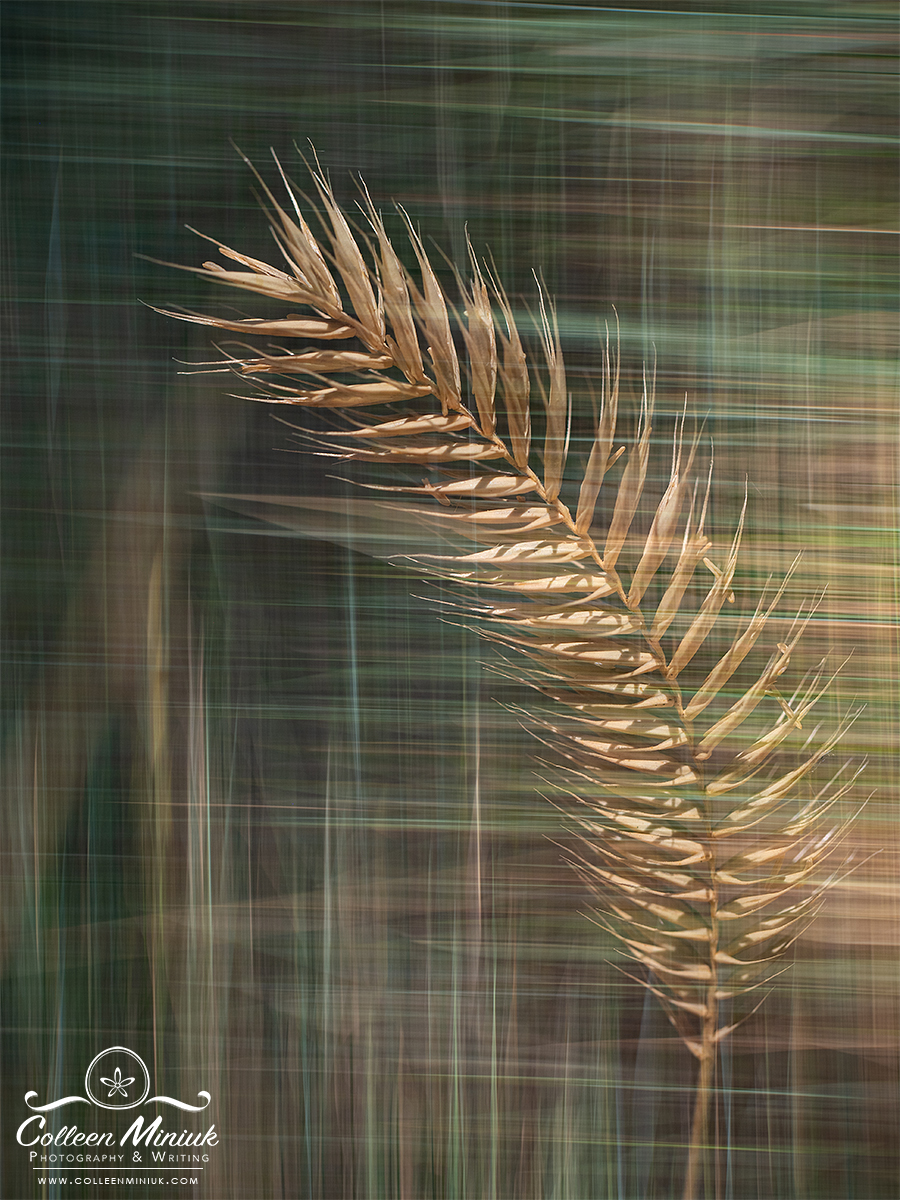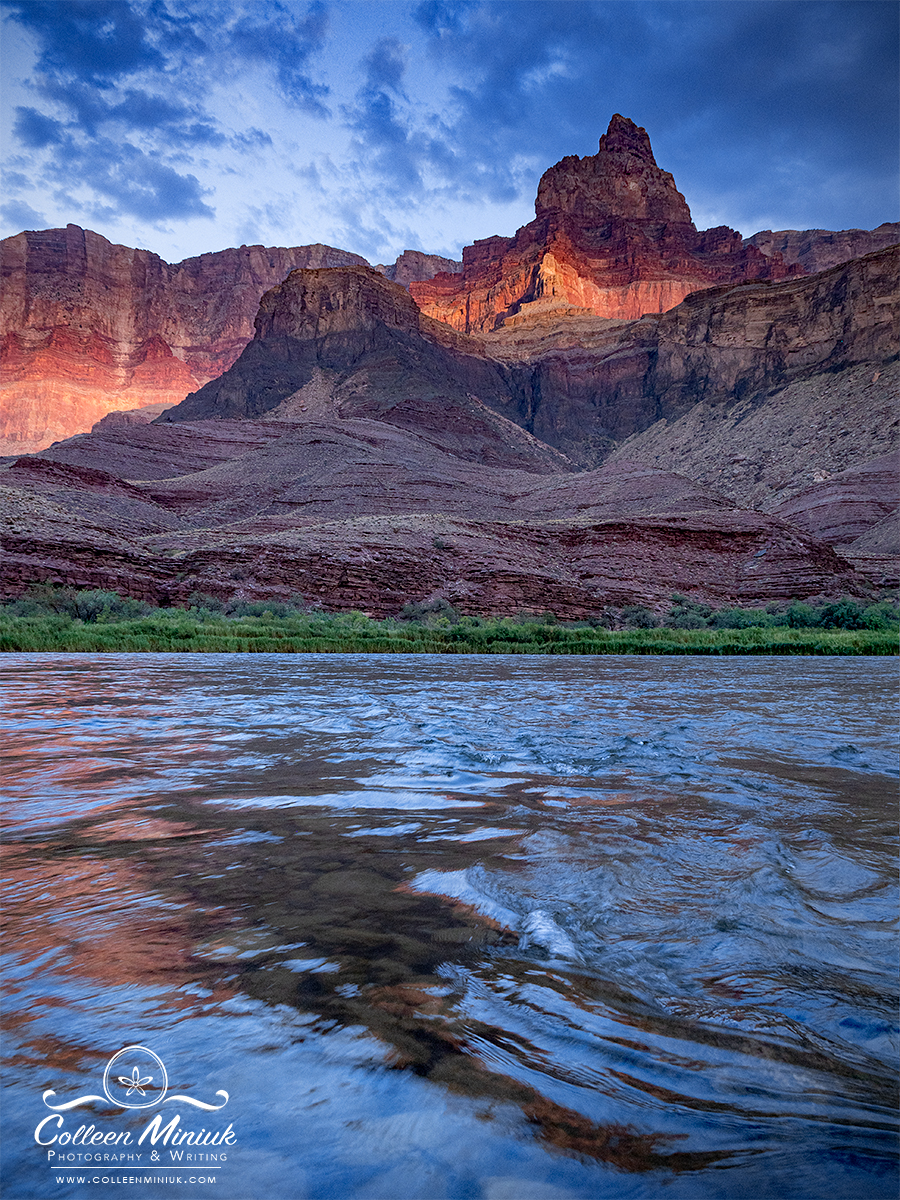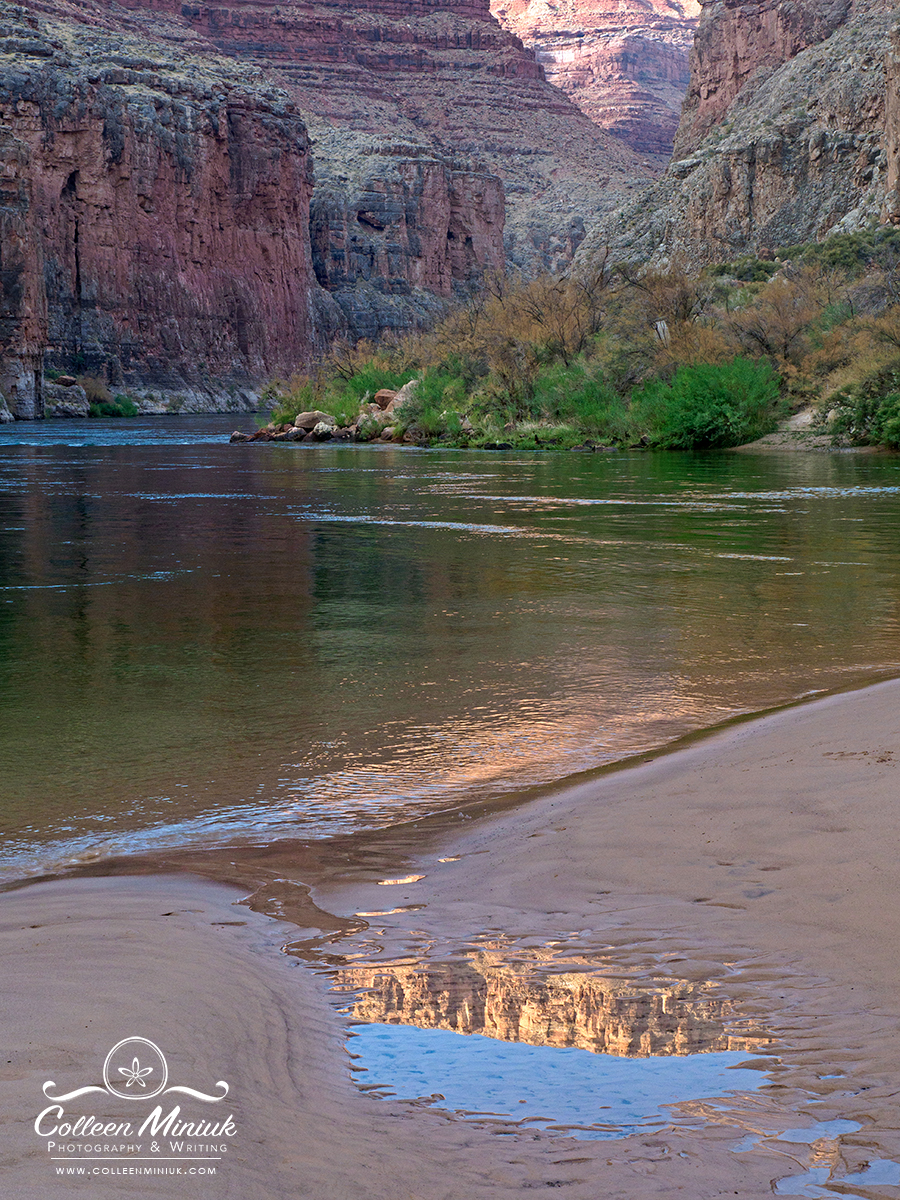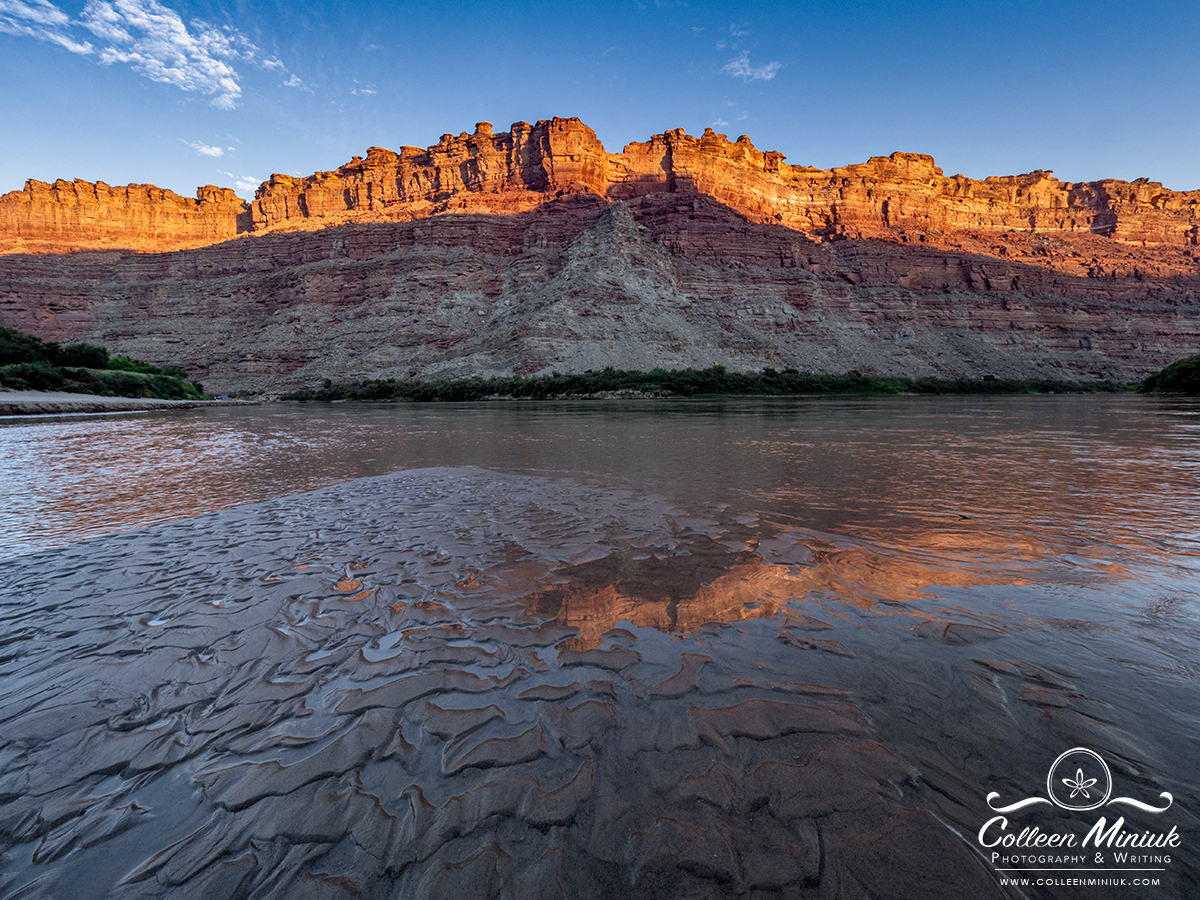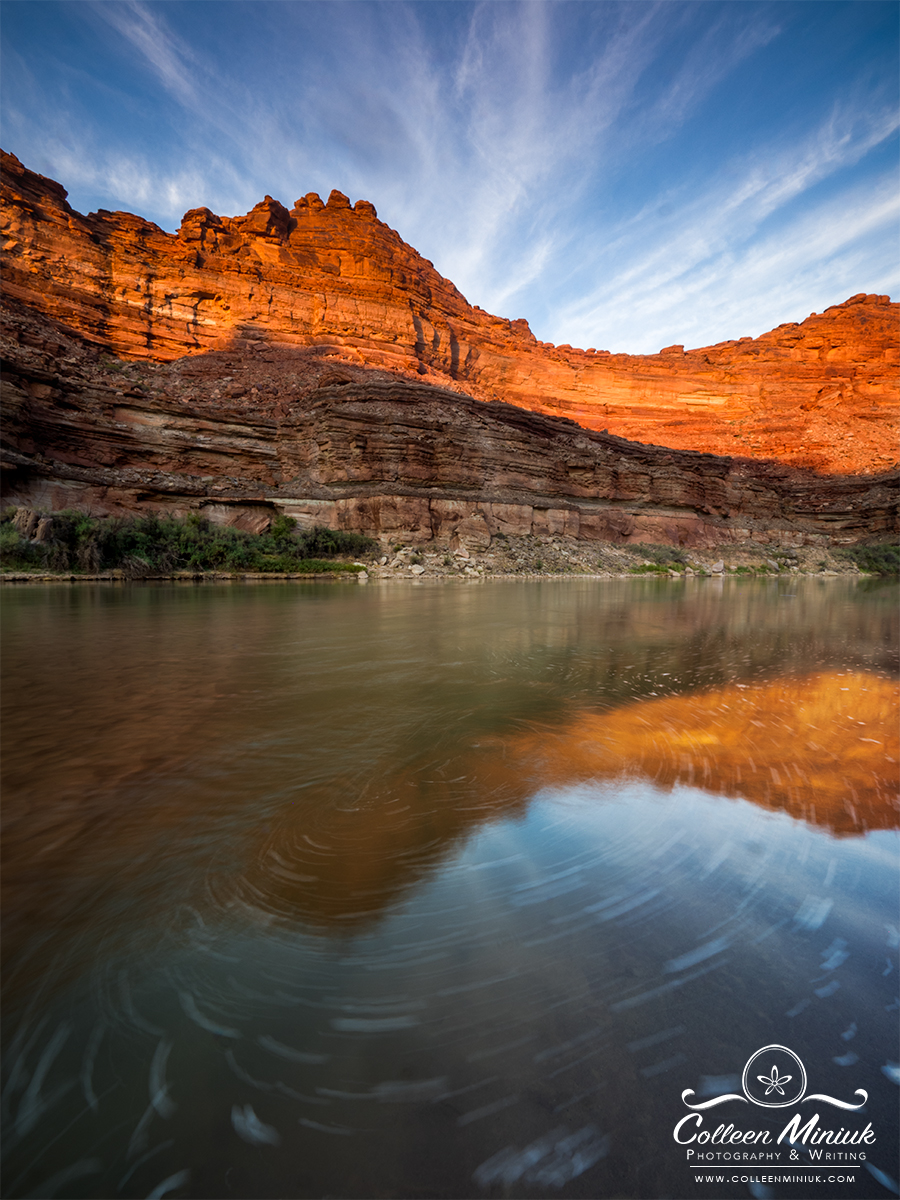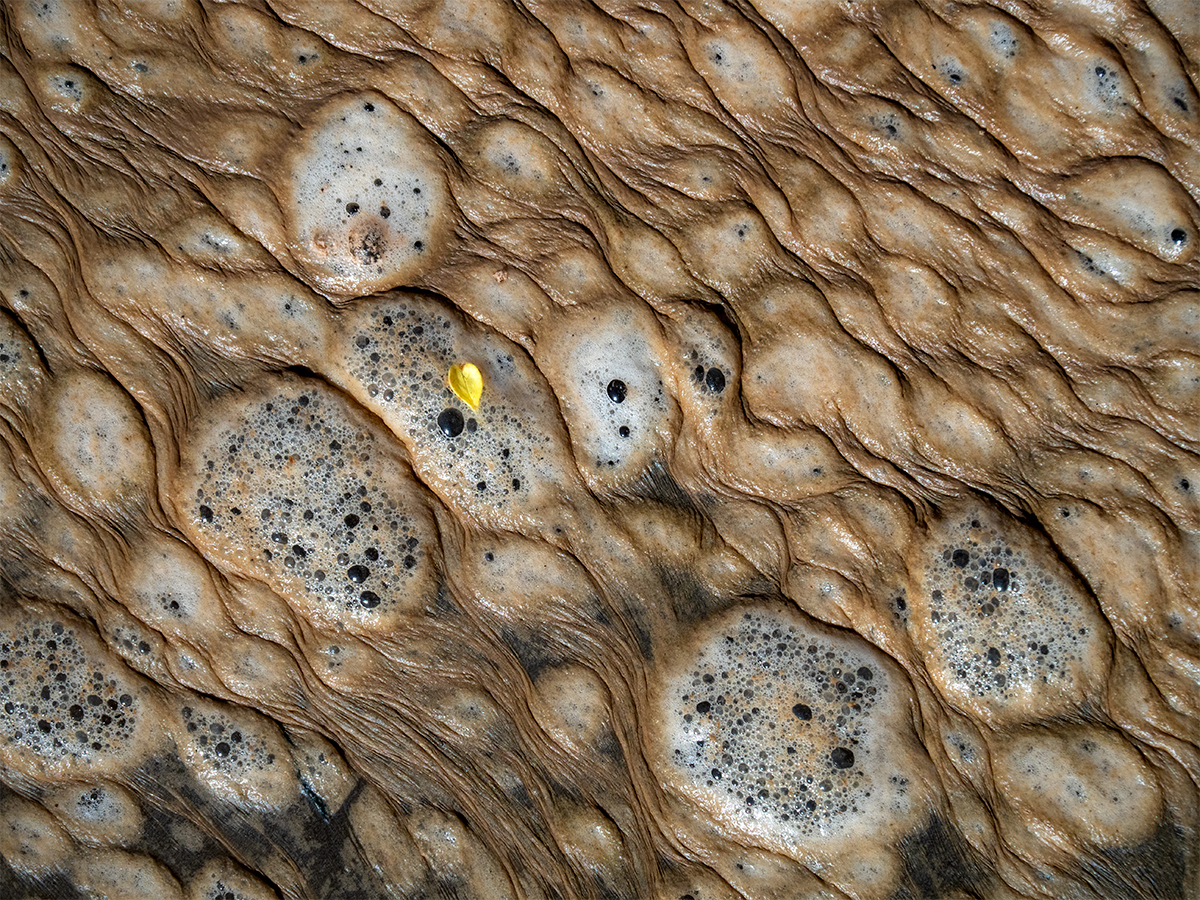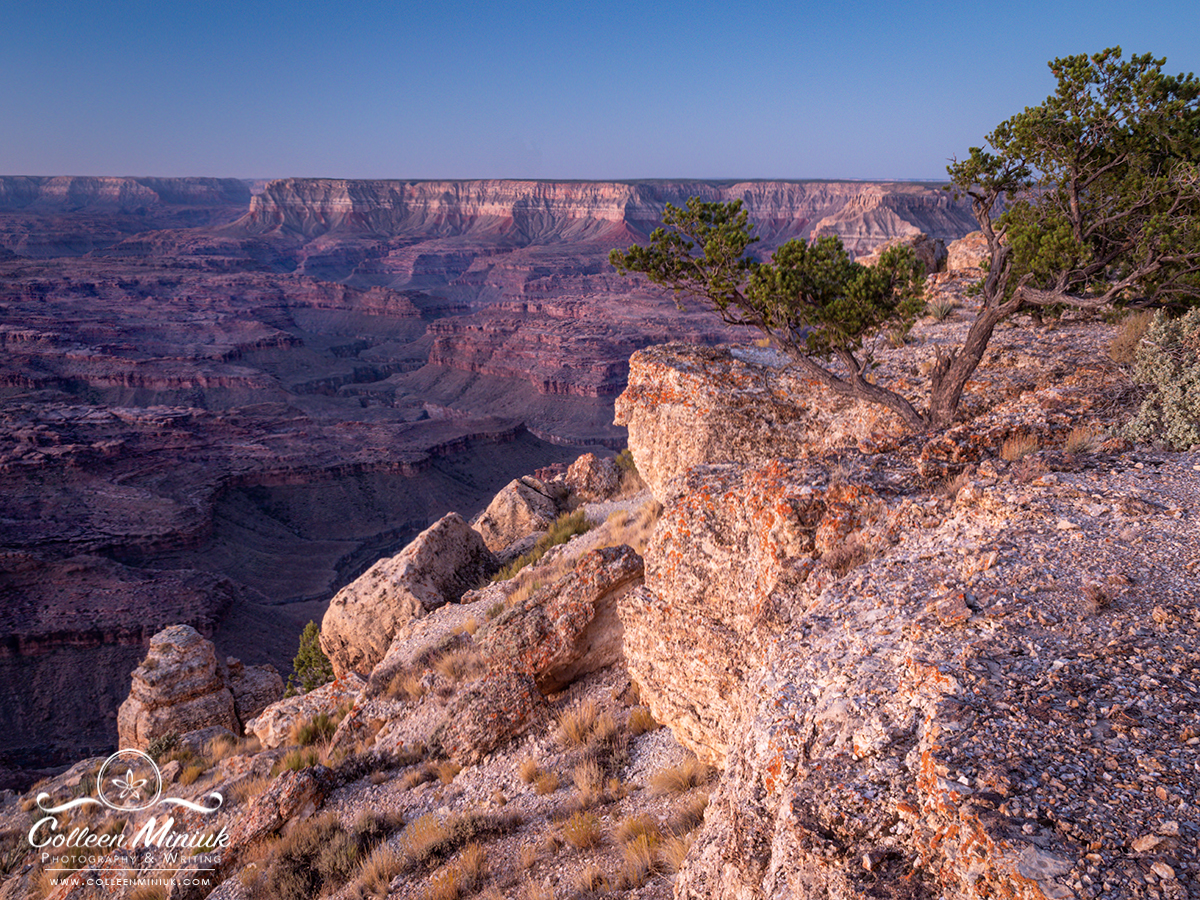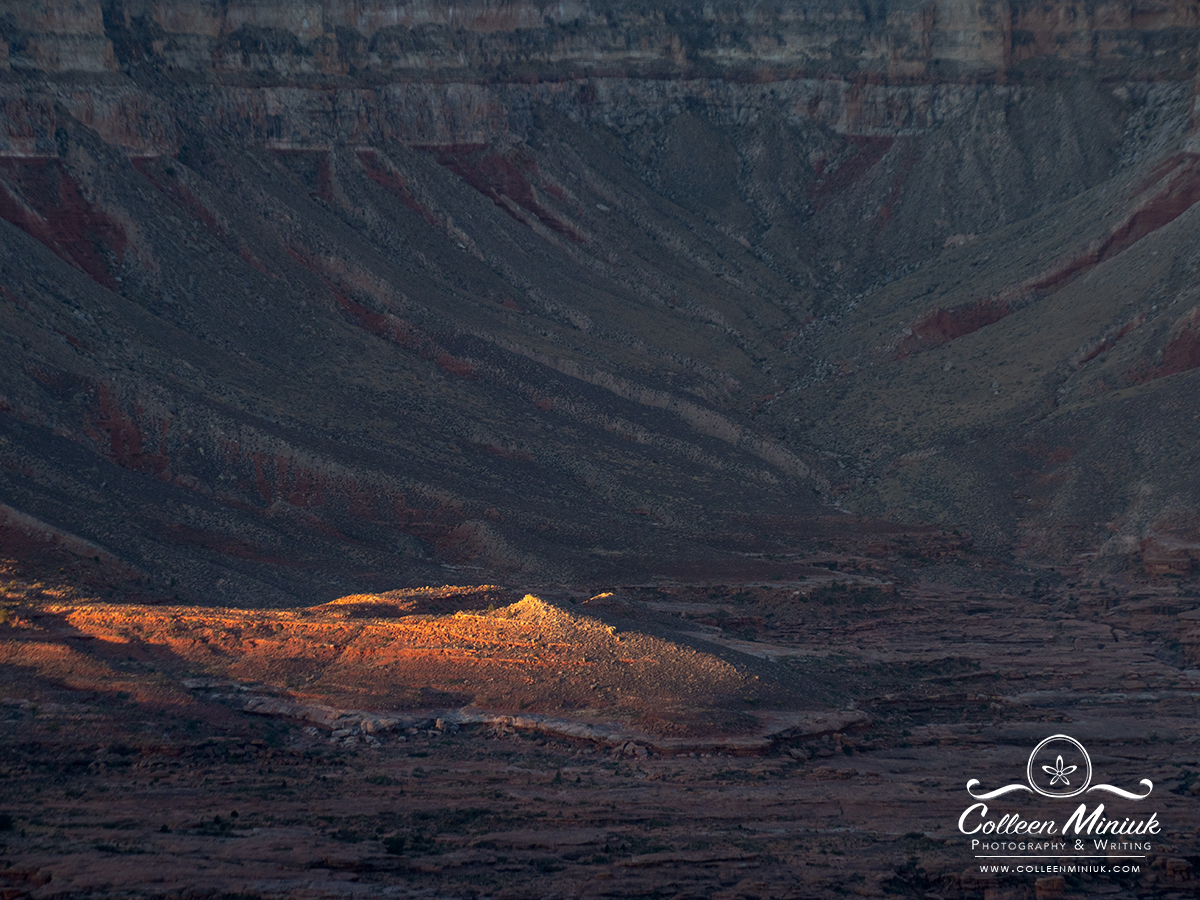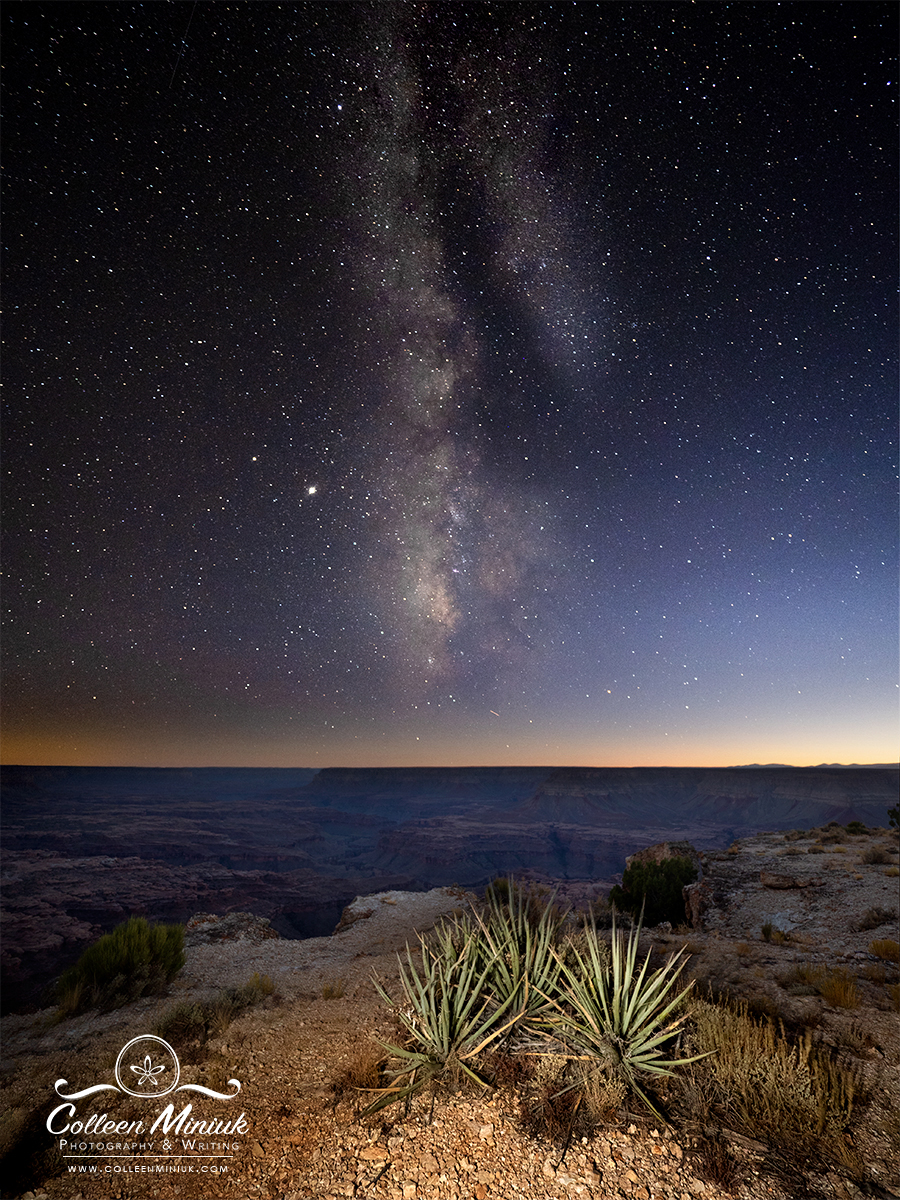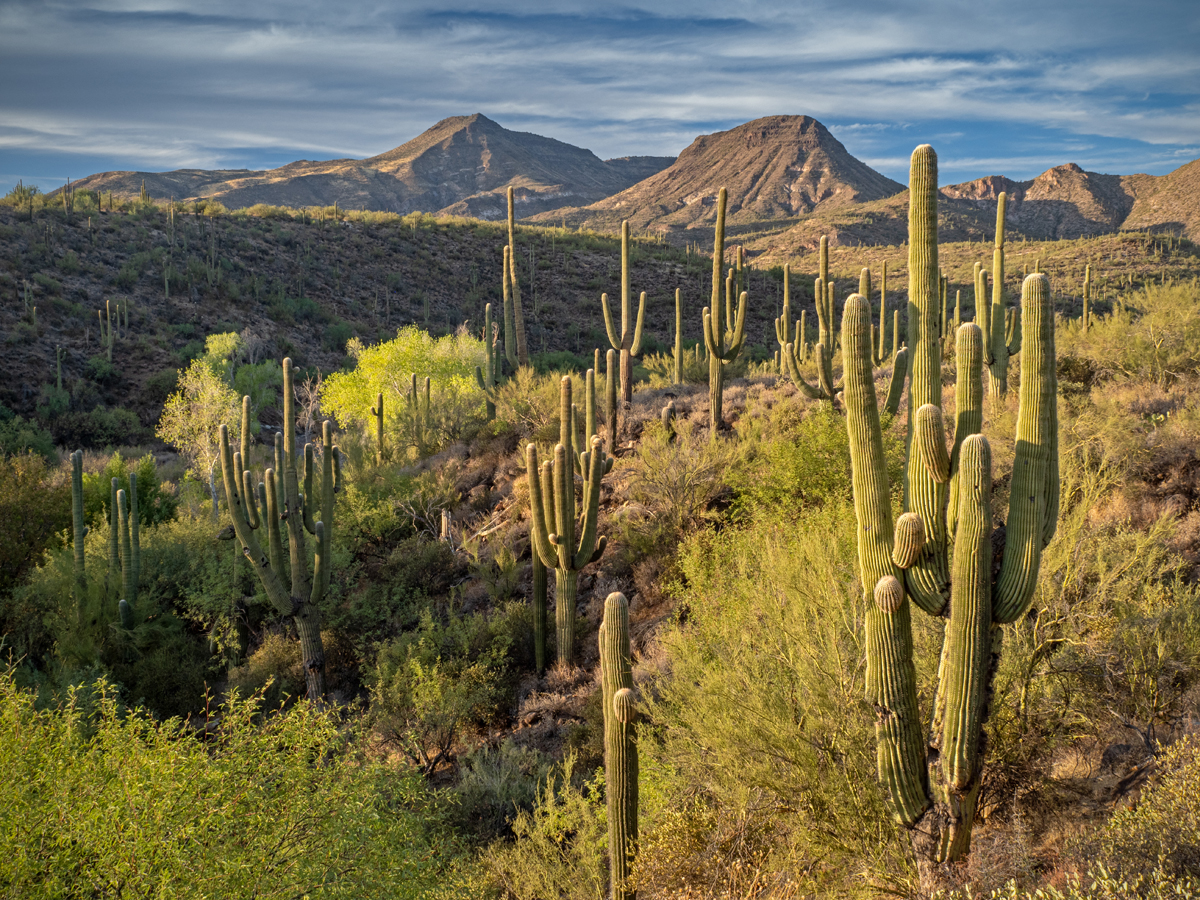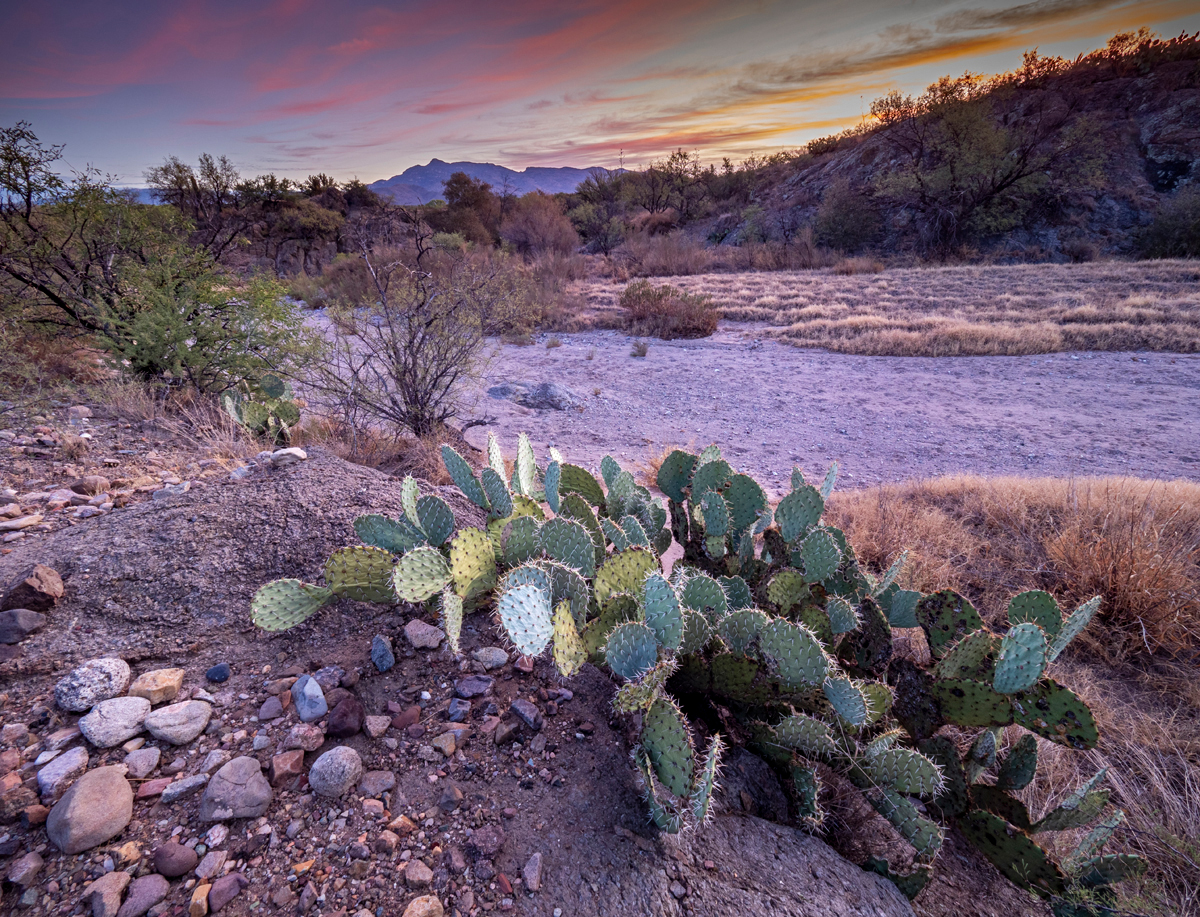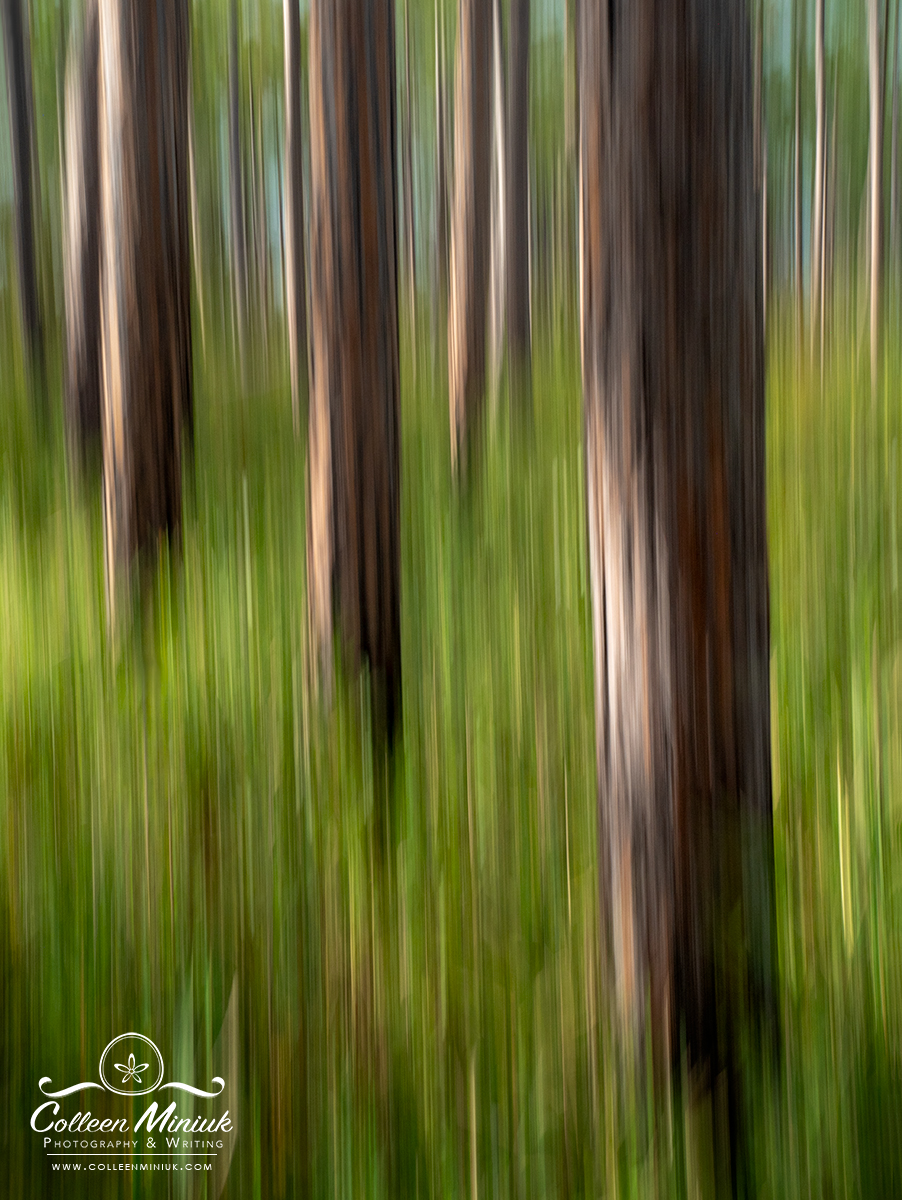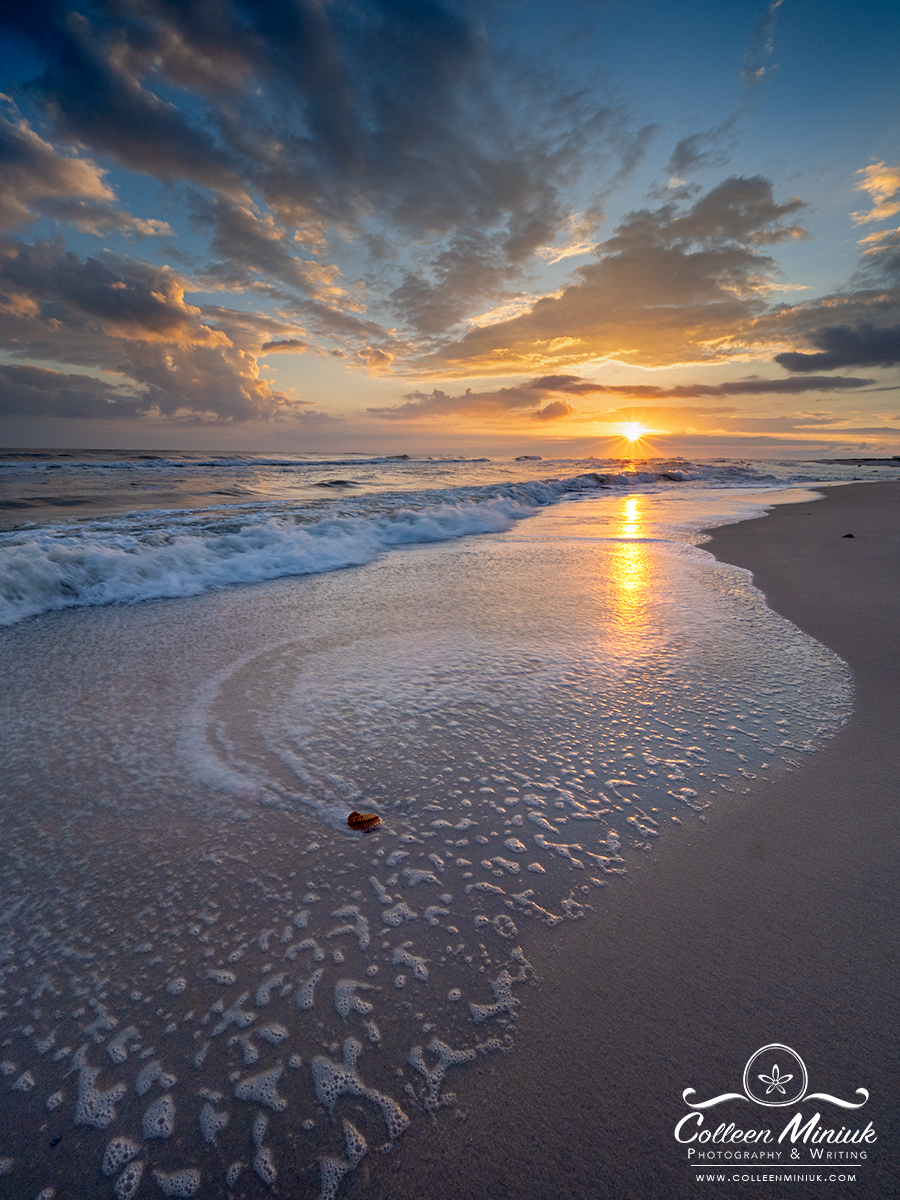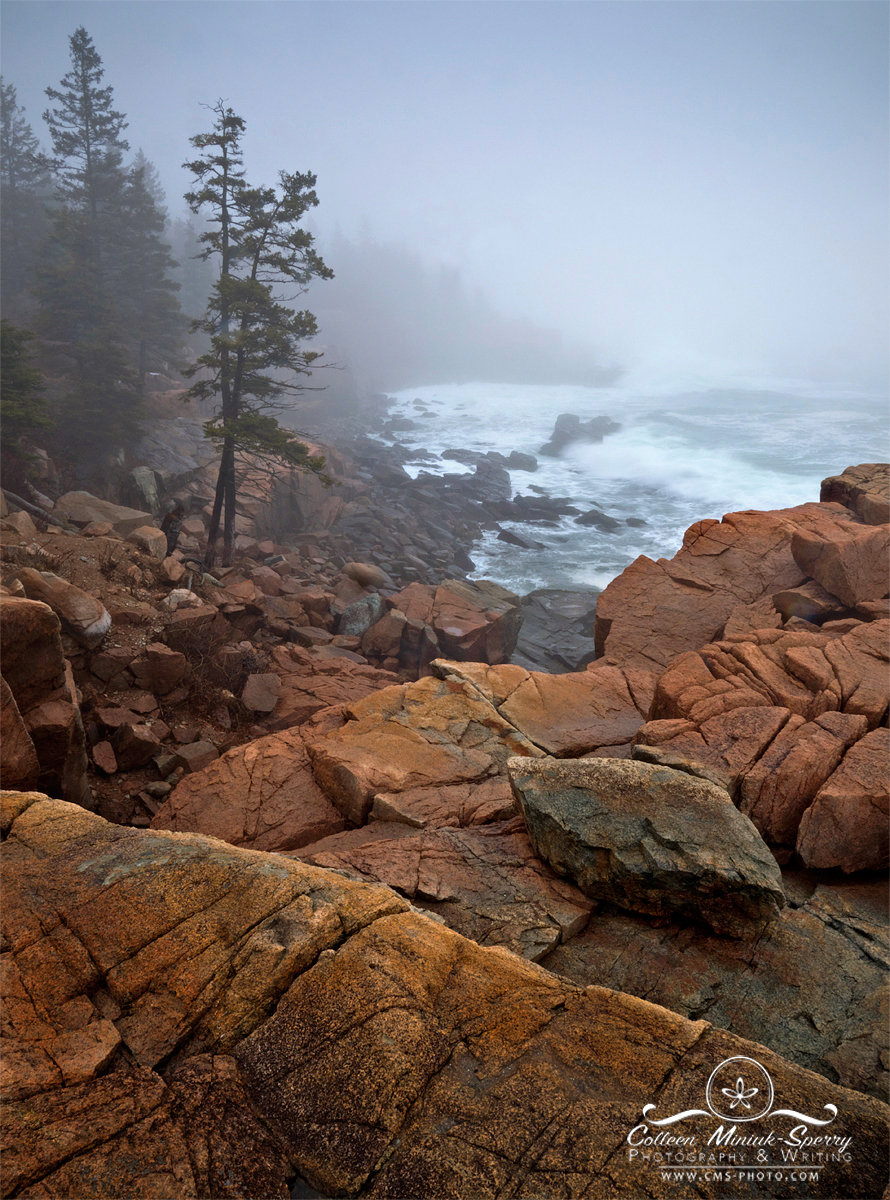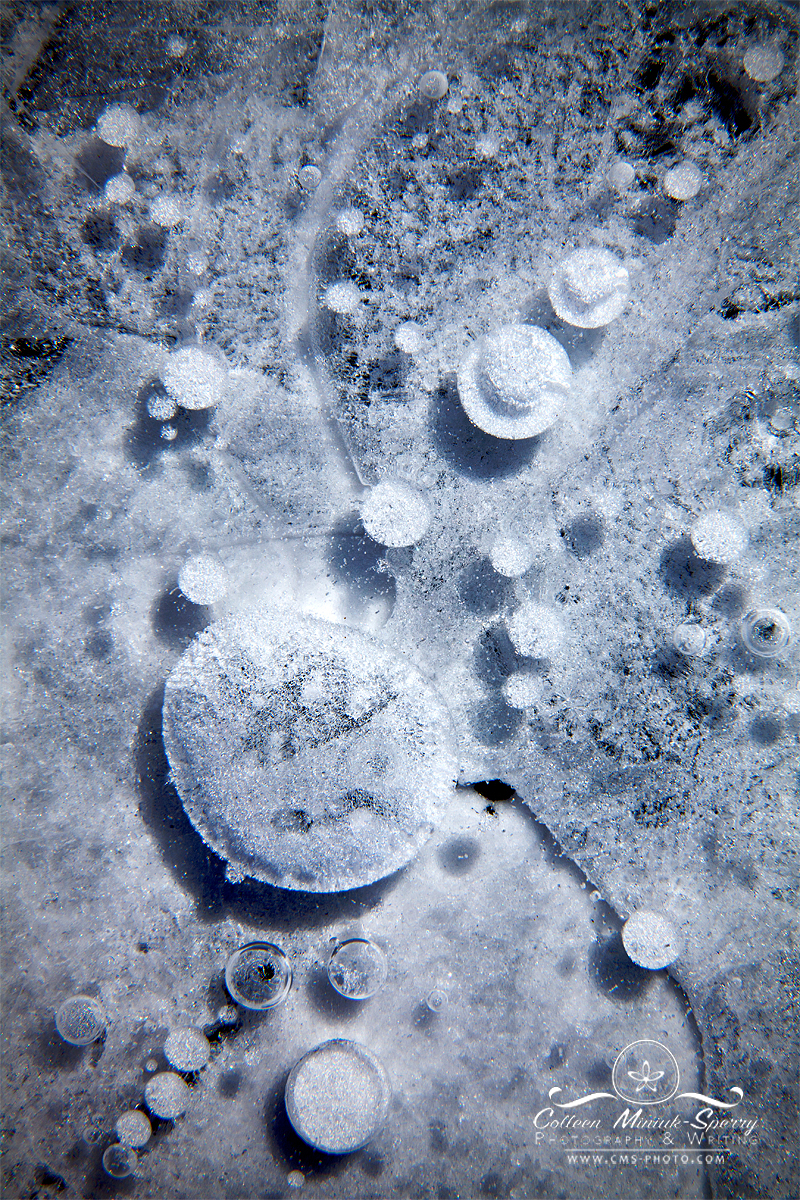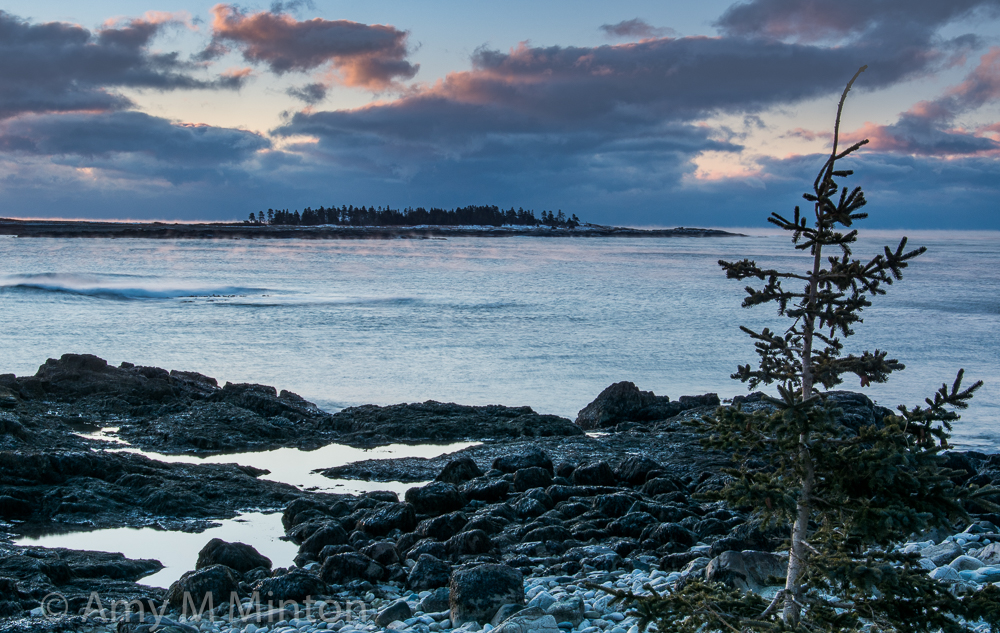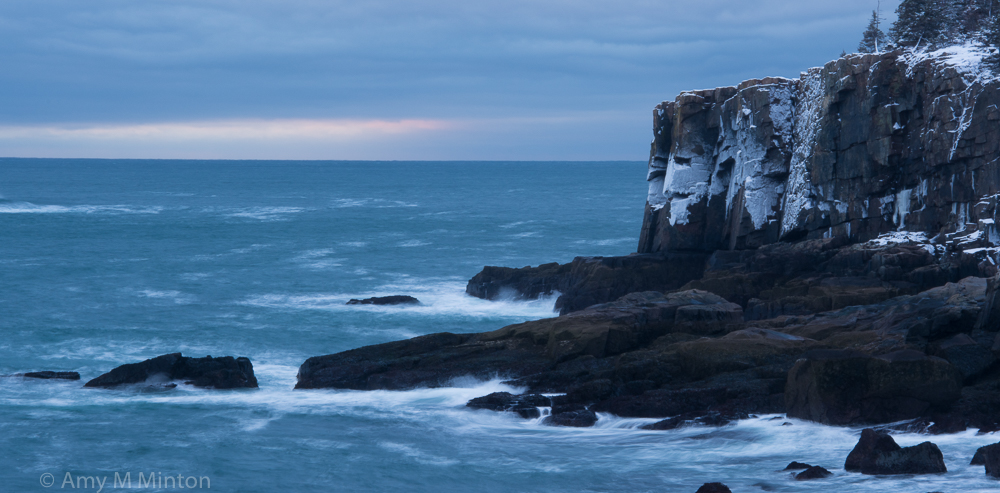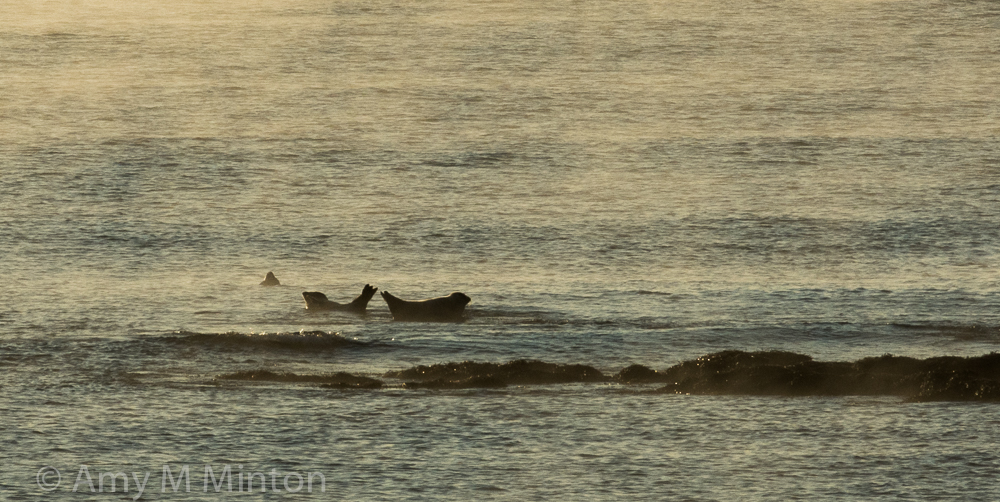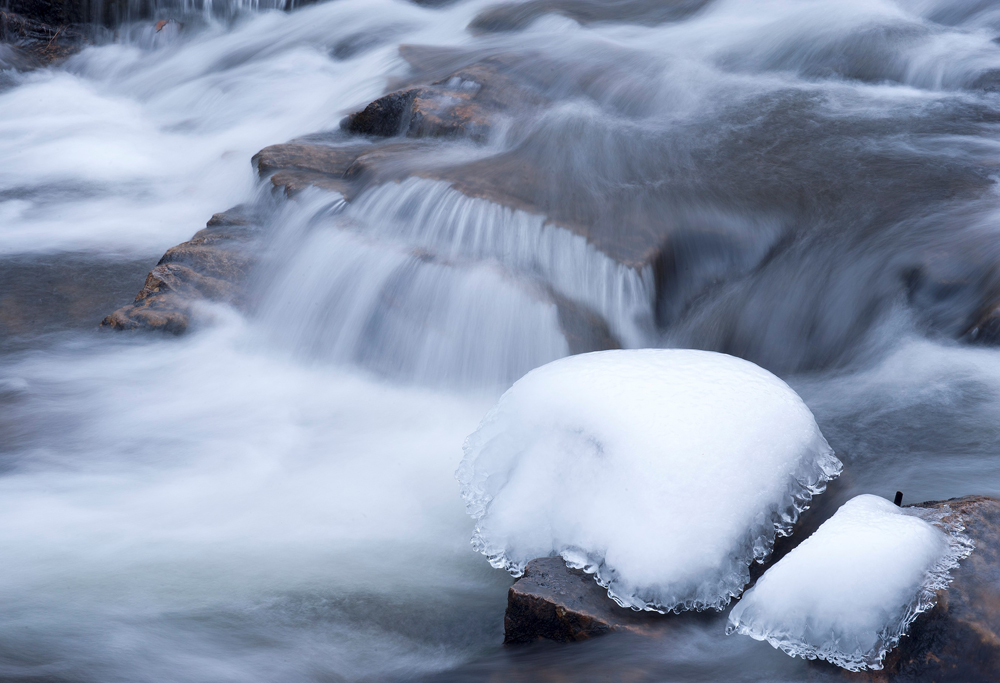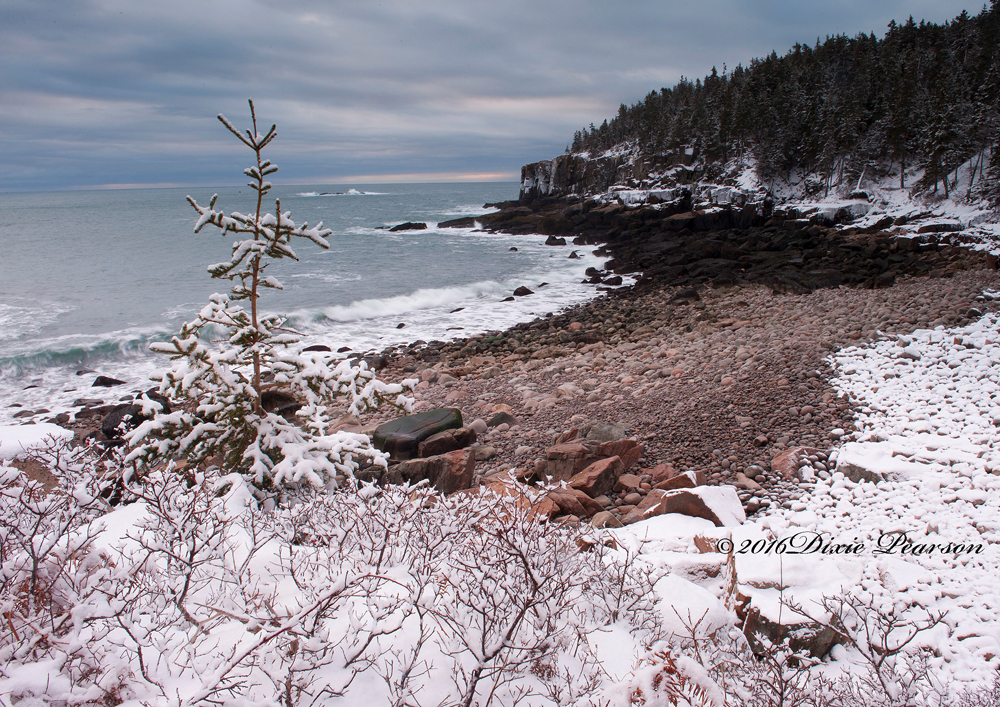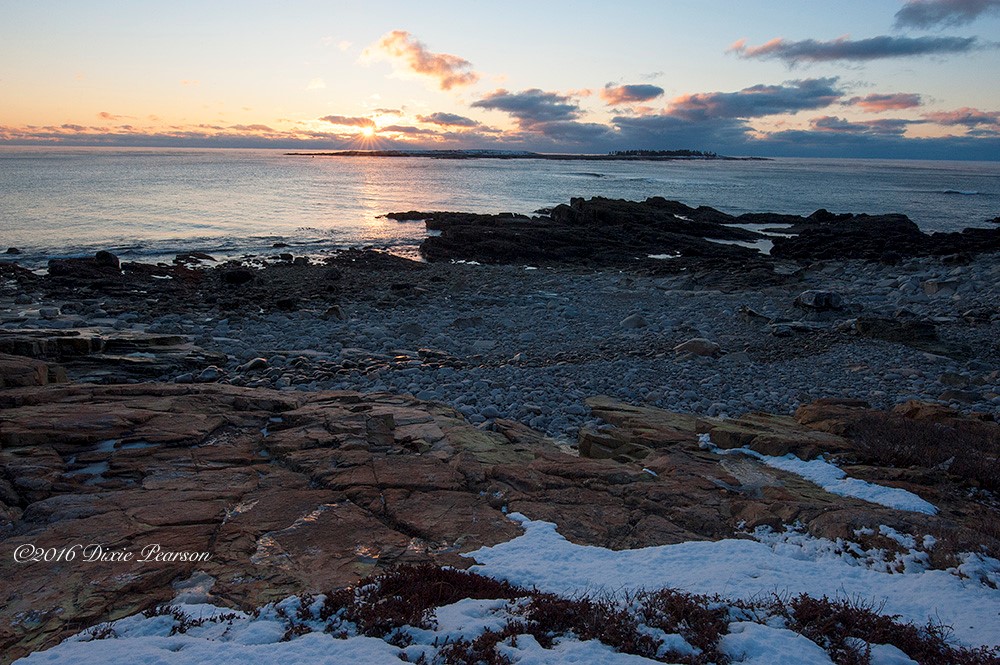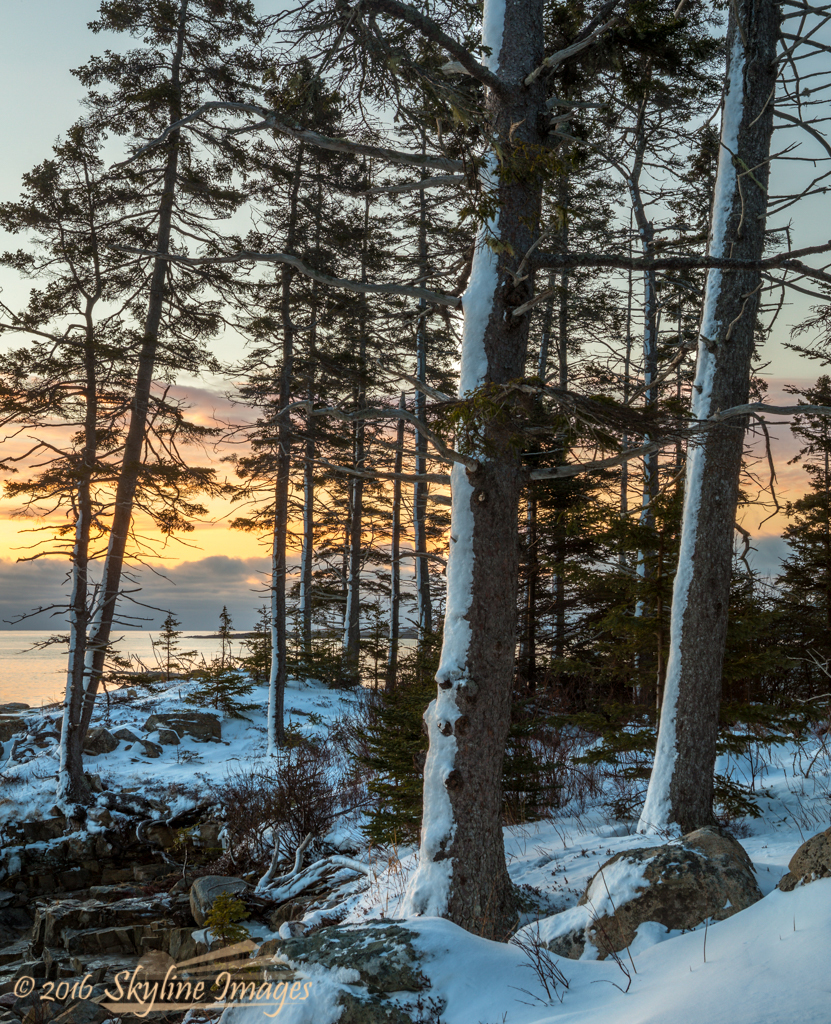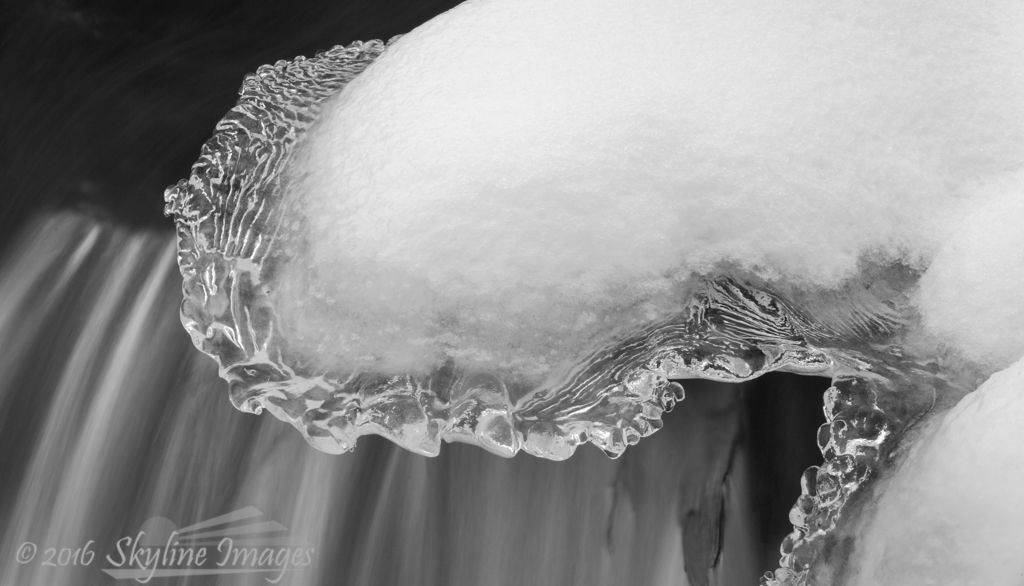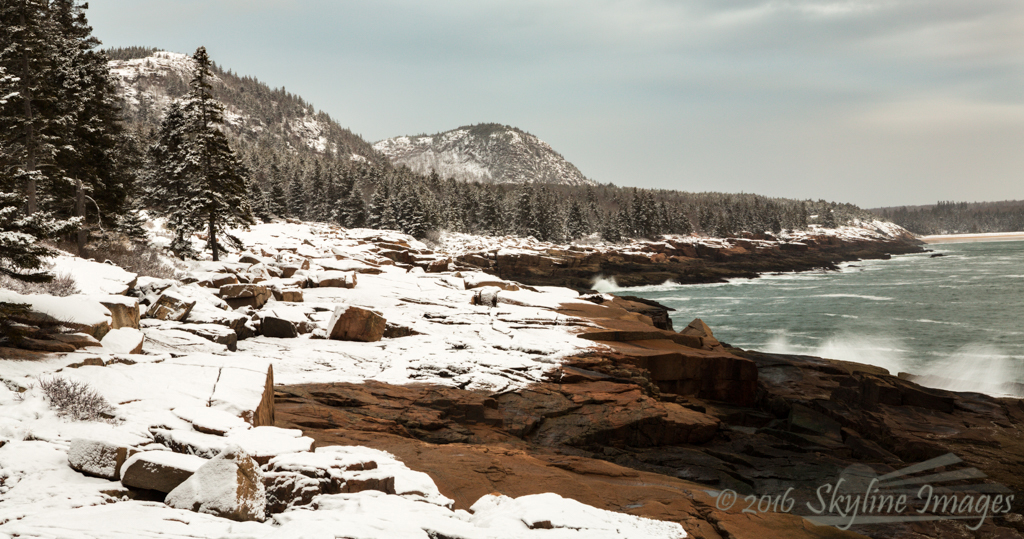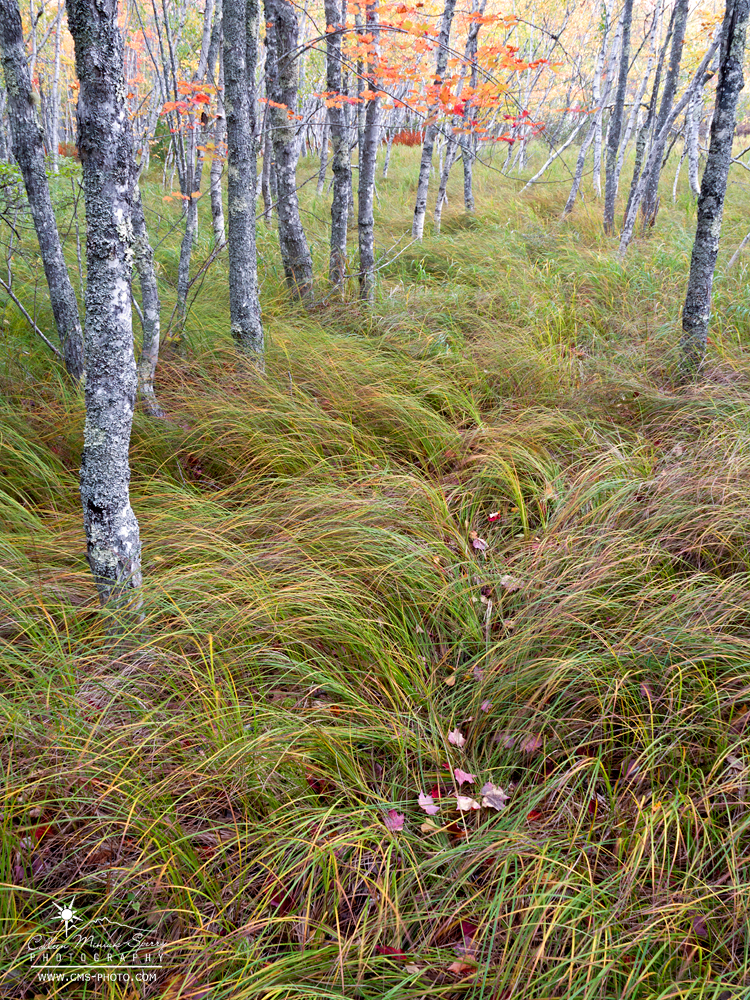
“Catch You When You Fall” || Serene fall colors in the meadow at Sieur de Monts in Acadia National Park, Maine, USA (Fine art prints available – click on photo to order)
How many of you have photographed a gorgeous location only to arrive at home to say, “I didn’t really capture what I wanted” while reviewing your images? Ever had that sinking feeling while you are sipping coffee at your desk when you realize if you would have just moved to the left two feet or switch to a different lens, that would have made the image you wanted—and now there’s nothing you can do about it? It’s a total bummer, isn’t it?
While reviewing your images on your computer, asking yourself what you could have done differently on your photo shoot will certainly lead to a refined understanding of your current photographic abilities and provide new ideas to try on your next shoot. However, your ability to resolve what you do not like about your photograph is limited to some cropping, exposure levels, and other processing software features. Otherwise, it is difficult to “fix” an image you spent all that time working on in the field, brought home, and then generally disliked.
The ideal time to conduct an initial critique on your work is when you are standing behind your camera in the field. When you analyze your photograph while you are in the process of making it, you give yourself the opportunity to resolve any issues at the time of capture.
After you set up a composition, review your photograph on the back of your LCD. Check for obvious technical issues like exposure, white balance, depth of field, etc. Then (assuming the light is not fleeting or the jaguar is not disappearing into the woods), take a minute to conduct a quick critique on your image, specifically asking, “What do you like about this photograph?” and “What don’t you like about it?”
Pay attention to your answers! Increase the focus in your photograph on the elements you like. Then, fix or eliminate what you do not like. Repeat this process over and over until you have a frame you can say, “YES! I like everything in this photo!” Only then should you pick your tripod up and move on to another composition.
To give you an idea of how this works, here is the sequence of photographs I made which resulted in the marquee photo above titled, “Catch You When I Fall:”

Sequences of my RAW images that eventually resulted in “Catch Me When I Fall” (the photograph at the top of this post). Click on the photo to view larger.
Now, I typically have a difficult time seeing the trees through the forest (preferring instead to slap on a wide-angle lens and photograph the entire forest…). However, when I saw the colorful trees and leaves being cradled by the luscious grasses at Sieur de Monts in Acadia National Park in Maine this past autumn, I knew I wanted to make a more intimate image I titled, “Catch Me When I Fall” (which expressed the emotion I immediately felt when I saw the scene).
The landscape initially felt very busy to my eye, so I started with a classic horizontal composition with a birch tree in the bottom left corner of the Rule of Thirds grid and the leading lines of the grasses leading across the frame (image “_1110461.dng, or just #461 for short). After I snapped it, I asked myself, “What do you like about this photograph?” and “What don’t you like about it?” I loved the grasses and leaves, but the composition looked too forced and predictable. I also did not like how the subtle line of grasses led the eye essentially out of the frame without going anywhere interesting.
I moved my camera around slightly for image #462 and #463 to resolve those issues but in doing so, realized I had too much grass and not enough of the fall colors I enjoyed so much when I saw the scene. The balance of visual elements felt off.
I tilted my camera up slightly for image #464.
I checked my histogram, and the exposure was too dark so I added about 1/3 stop of light to lighten in #465.
Then I thought I might have too much of the grass in the foreground, which led to me walking into the scene about 10-12 feet to record image #466.
When I did so, however, I lost the leaves in the foreground which was a strong visual element critical to my composition. I decided if the horizontal orientation offered to much of the grass, a vertical orientation would reduce the amount. Hence, image #467.
I noted the image was underexposed, so added another third stop of light for image #468.
For #469, I tilted the camera up a little to position the leaves differently within the frame and emphasize the very subtle path of separated grasses takes from the foreground to the background through the trees. And to straighten my implied horizon. 🙂 I liked this, though!
I could have stopped here (note that #469 and my final frame of #476 are quite similar), but being anal-retentive, I kept asking “what if…,” specifically, what if I moved the placement of the leaves within the frame starting with #470? I liked the leaves better, but I went too wide and started getting “UFO’s” (like distracting plant branches and berries on the left-hand side of my image, too many leaves in the bottom left corner). And my horizon was crooked. Again. So #471, 472, and 473.
As I adjusted my composition, the clouds had thickened and the natural light had decreased so I needed more light via my exposure so I clicked #474.
During the middle of my 13-second exposure, the breeze kicked up and moved the grasses. I knew instantly that would be a throw-away frame but checked my histogram anyhow. That’s when I noticed the sky in the top right corner blinking at me. Rather than darken the whole exposure, I chose to angle my camera down towards the ground to eliminate it from my composition resulting in #475.
I still did not like the few leaves in the bottom left corner, so I made a small camera tilt to eliminate them in #476. Then a YES! I like everything about it! “Catch You When You Fall” came to life!
(This process should bring great comfort to those of you who think you’re too analytical, as I am–I tell you what, it pays to be picky in your photography!)
This might take one try or six hundred. Regardless, don’t give up! Something grabbed your attention strongly enough to stop you in your tracks and wrestle with that dreaded tripod (be one with the tripod…)—and since you are the only person in the world who can see it like you do, it is worth putting the effort into polishing your personal visual expression.
Keep in mind that fixing what you do not like about a photograph relies heavily on the tools you have collected in your photographic “toolbox” (e.g. technical knowledge, familiarity with your camera, human perception). So, if you find yourself with a problem you do not know how to fix, do not get frustrated. This is simply a sign of where you might need to develop a new skill.
This approach is especially helpful when you stand in front of an overwhelming scene and simply do not know where to start. Like putting a pen to a blank sheet of paper and then editing the words later, snap “anything.” Then review your photograph and ask, “What do you like about this photograph?” and “What don’t I like about it?” Keep what you like; fix what you don’t. Rinse, lather, repeat.
In addition to helping you bring home images you like with greater consistency, over time, you will train your brain and eye to quickly notice key visual elements (like shape, color, light, form, pattern, balance, spatial relationship, etc.) you like and to disregard what you do not like more naturally, which will ultimately help you develop your own individual style.
Have you tried this approach before? If so, tell us what you like about it (and what you don’t like about it)!

